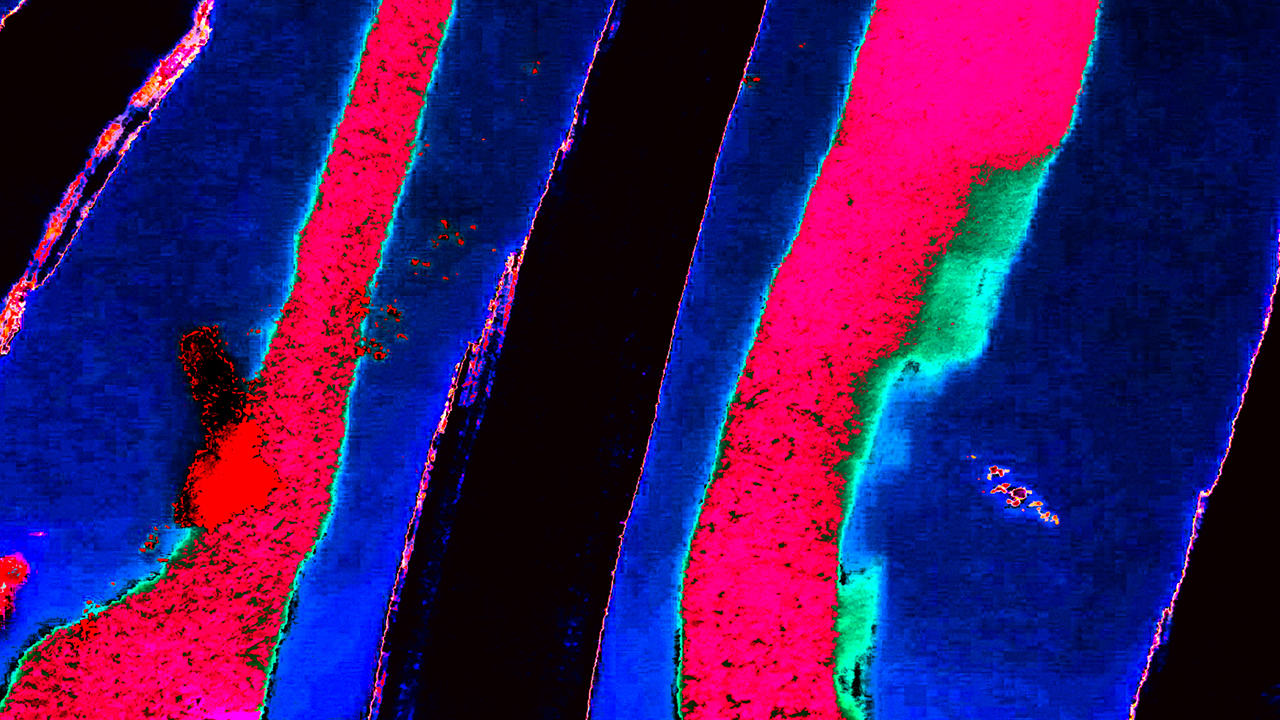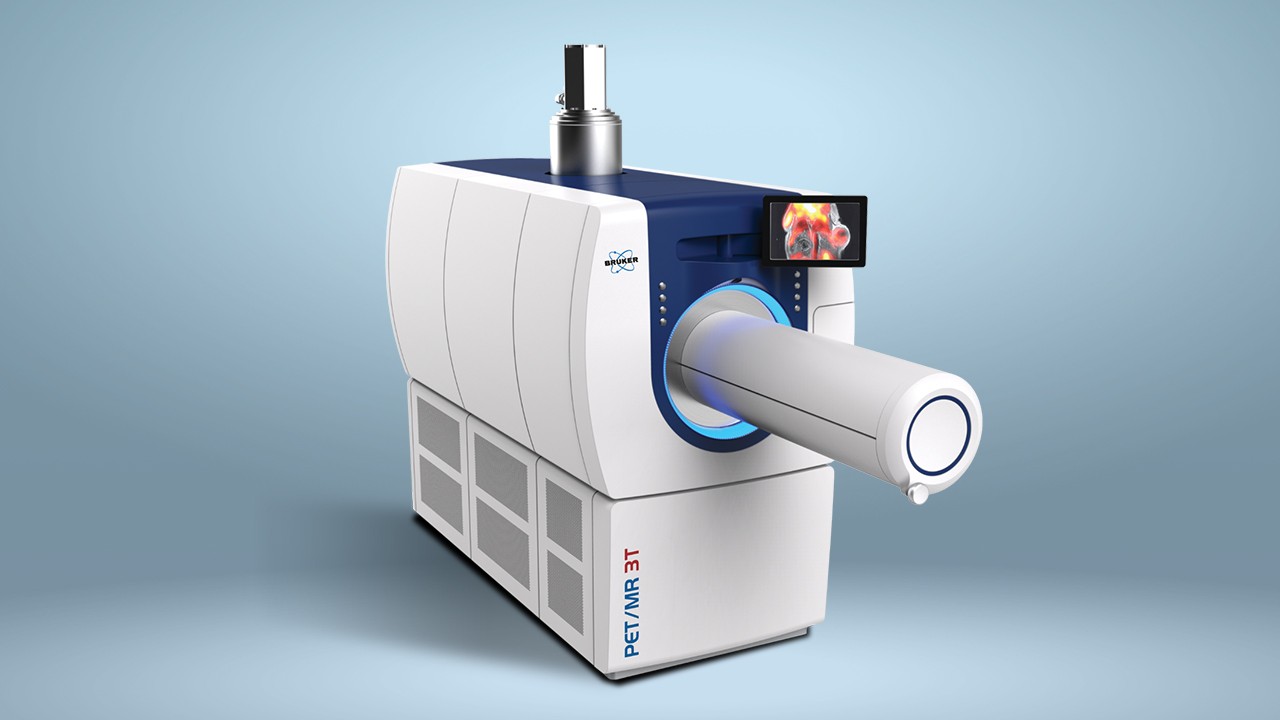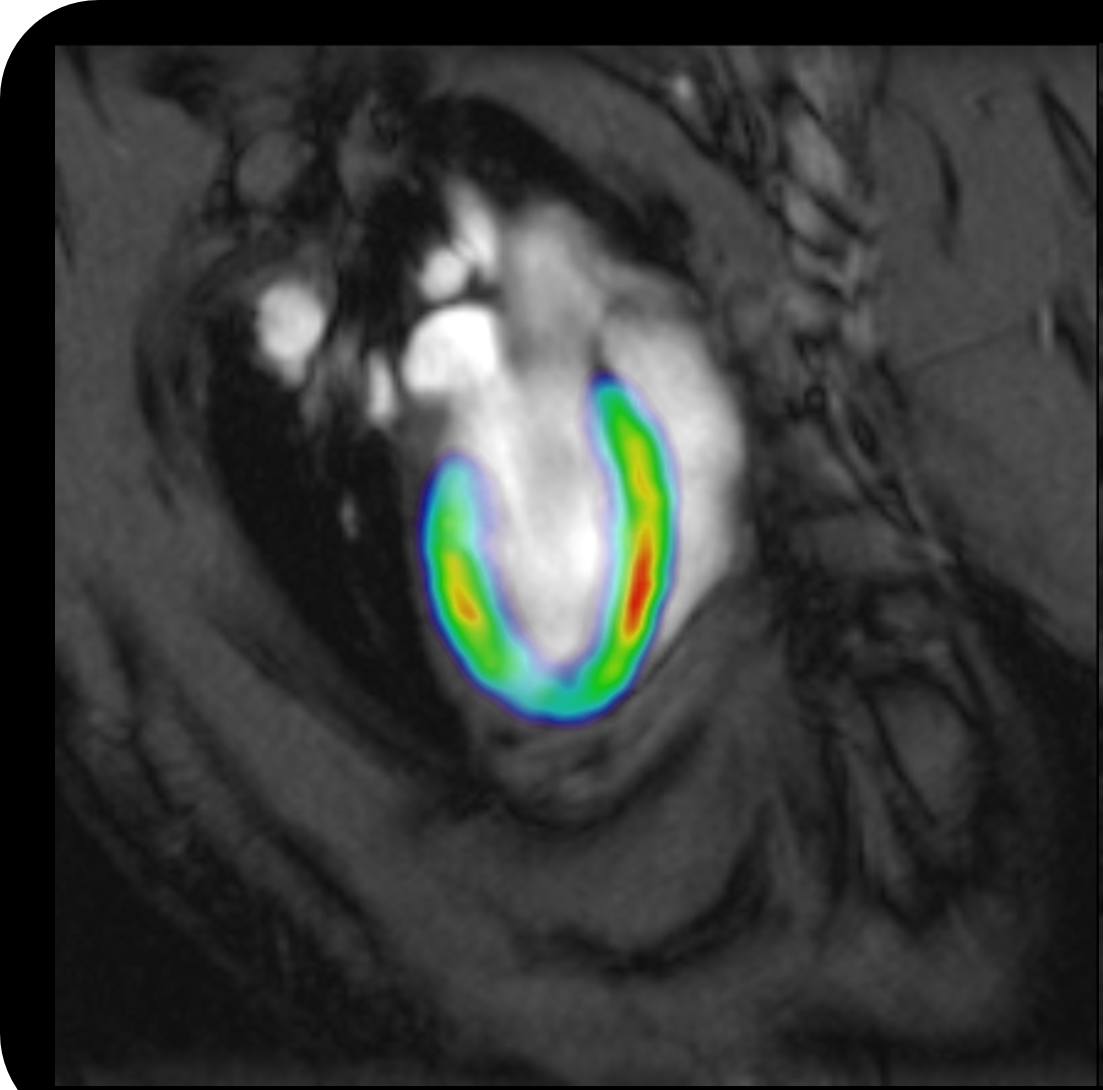

Fluorescent Dyes Enhance Polymer Visibility in Biomedical Imaging
Shape memory polymers (SMPs) are versatile materials that can change shape in response to thermal or other external stimuli, before then recovering their original shape. Once SMPs have lost their rigidity and become elastic, they can be stretched, elongated or otherwise shaped into various configurations, before returning to their “memorized” shape. This versatility, combined with the materials’ biocompatibility has drawn a lot of interest to SMPs as potential biomaterials for use in minimally invasive medical procedures. However, one disadvantage of using SMPs in such applications is their lack of visibility during in vivo imaging.
Clinically, the most commonly performed imaging technique is X-ray angiography using fluoroscopy. Fluoroscopy involves exposing patients to radiation and the use of radiocontrast agents. For some procedures, such as stent implantation, the radiation exposure can be relatively high because it is needed over a long period. An alternative to techniques that rely on radiation is fluorescence-guided procedures. These techniques involve the use of fluoresceins, which have been shown to demonstrate excellent biocompatibility and clearance from the body. It is possible that incorporation of fluorescent dyes into SMPs could improve their visualization in biomedical imaging.
To test this, researchers from the Biomedical Device Laboratory at Texas A&M University covalently incorporated four fluorescent dyes into the polymer backbones of polyurethane SMP foams – foams that are particularly popular due to their excellent biocompatibility. The dyes used were phloxine B (PhB), eosin Y (Eos), indocyanine green (IcG) and calcein (Cal).
Andrew Weems and colleagues used Bruker’s ALPHA infrared spectrometer to take ATR-FTIR spectra. These were examined using Bruker’s Opus software to identify peaks and perform baseline and atmospheric corrections. The team also used Bruker’s In-Vivo Xtreme preclinical imaging system and molecular imaging software to perform X-ray and fluorescent imaging of the samples. The In-Vivo Xtreme is a highly versatile system that combines X-ray, fluorescence, luminescence and radioisotopic imaging modalities into one extremely sensitive, easy to use and high-throughput system.
The team found that PhB provided the greatest fluorescence and qualitative analysis of PhB-containing foams showed that 0.5% PhB yielded the highest fluorescence intensity. The researchers also added the radiopaque additives barium sulphate (BaSO4) and zirconium oxide (ZrO2) to the foams, which generally enhanced the fluorescence intensity that could be achieved with each dye.
Adding 4% BaSO4 in combination with PhB gave the strongest emissions (30 496 intensity units), followed by Eos (9955), IcG (1355) and Cal (1216). When 4% ZrO2 was added, the corresponding intensity units were 25[thin space (1/6-em)]356, 11[thin space (1/6-em)]502, 2722, and 2167. Furthermore, quantitative analysis showed that PhB enabled visibility through 1 cm of blood and through soft tissue.
The authors say their findings demonstrate that fluorescent dyes can be incorporated into SMP polyurethane foams to enhance their visibility for use as a medical material, with PhB showing the most promise as a modifier. Weems and team believe they have presented an alternative method to fluoroscopy for visualizing implanted devices and materials in minimally invasive medical procedures.
References
Weems, A et al. Shape memory polymers with visible and near-infrared imaging modalities: synthesis, characterization and in vitro analysis. RSC Adv., 2017;7: 19742-19753
Weems, A et al. Shape memory polymers with enhanced visibility for magnetic resonance- and X-ray imaging modalities. Acta Biomater, 2017; 54: 45-57. DOI: 10.1016/j.actbio.2017.02.045.
Chan, B et al. Recent Advances in Shape Memory Soft Materials for Biomedical Applications. ACS Appl. Mater. Interfaces, 2016, 8 (16), pp 10070–10087. DOI: 10.1021/acsami.6b01295
Santo, L. Shape memory polymer foams. Progress in Aerospace Sciences, 2016;81:60-65. DOI: 10.1016/j.paerosci.2015.12.003
YeeShan, W et al. Biomedical applications of shape-memory polymers: how practically useful are they? Science China Chemistry, 2014; 57(4): 476-489. DOI: 10.1007/s11426-013-5061-z
Eurekalert. Biomedical applications of shape-memory polymers: How practically useful are they?
SCIENCE CHINA PRESS. Available at: https://www.eurekalert.org/pub_releases/2014-04/scp-bao041714.php
CRG. Shape Memory Polymers. Available at: http://www.crgrp.com/rd-center/shape-memory-polymers
American Food & Drug Administration. Fluoroscopy. Available at: https://www.fda.gov/radiation-emittingproducts/radiationemittingproductsandprocedures/medicalimaging/medicalx-rays/ucm115354.htm


